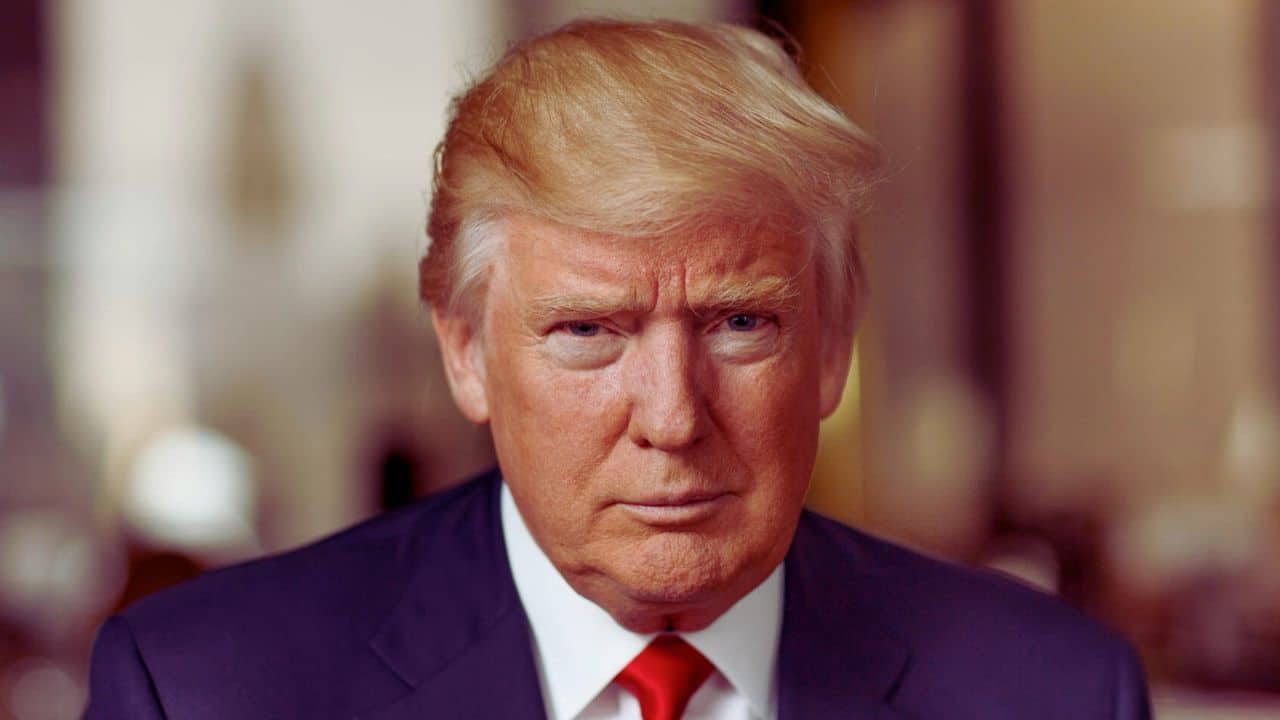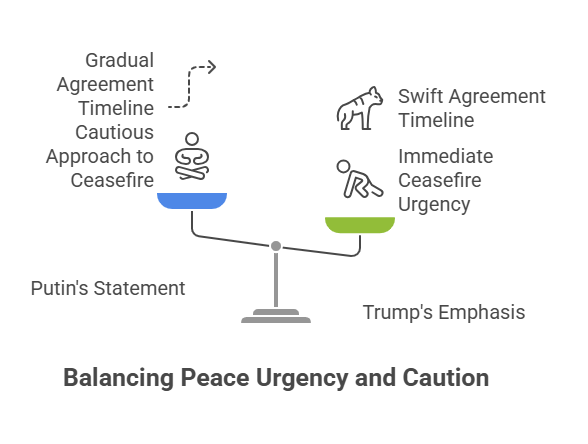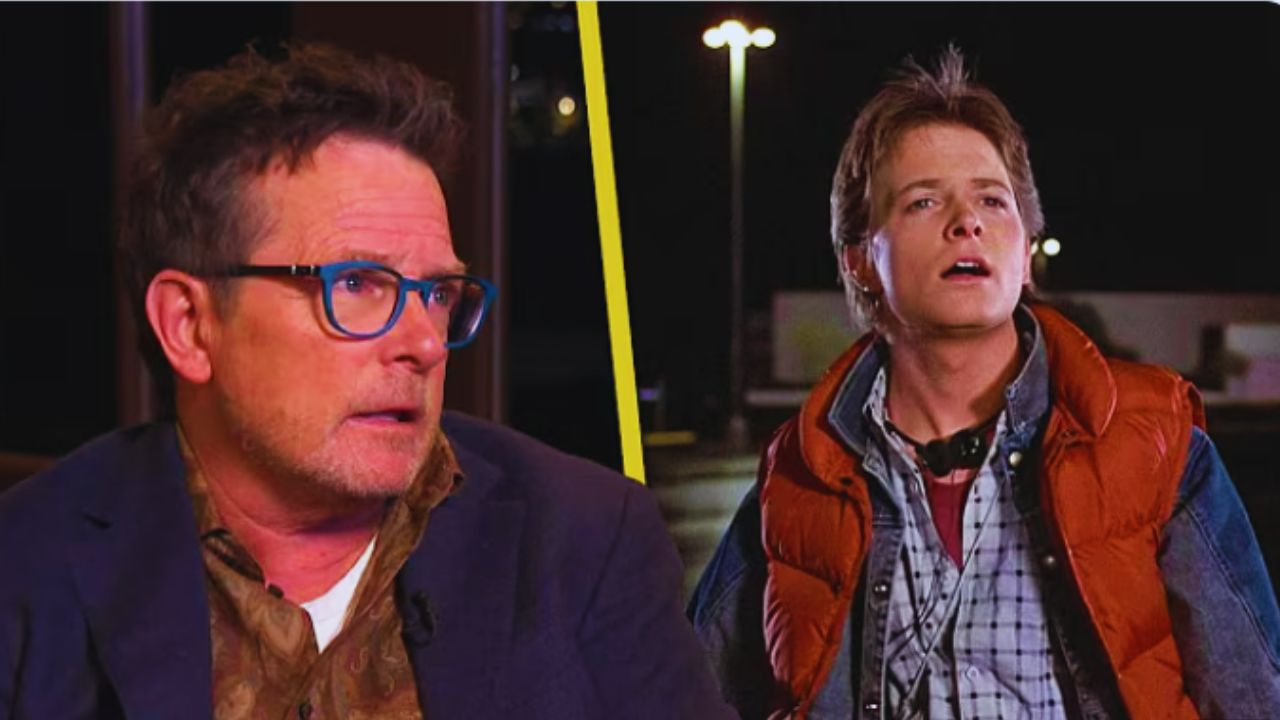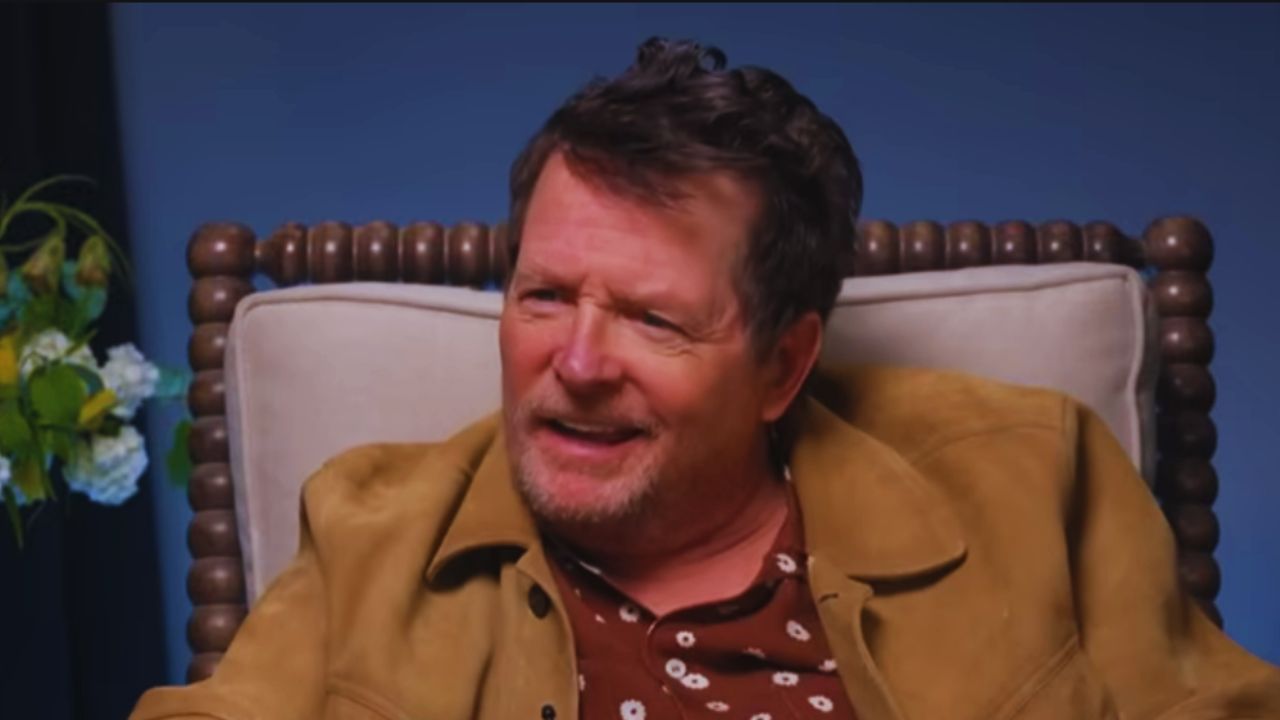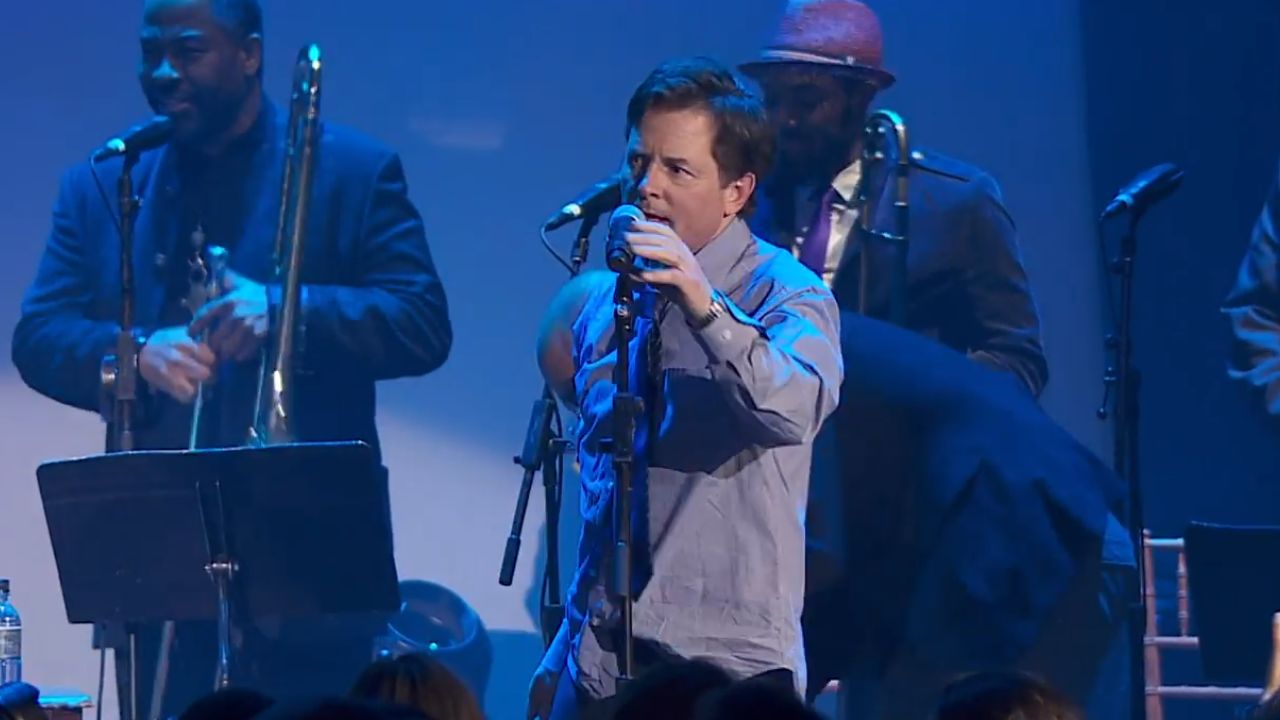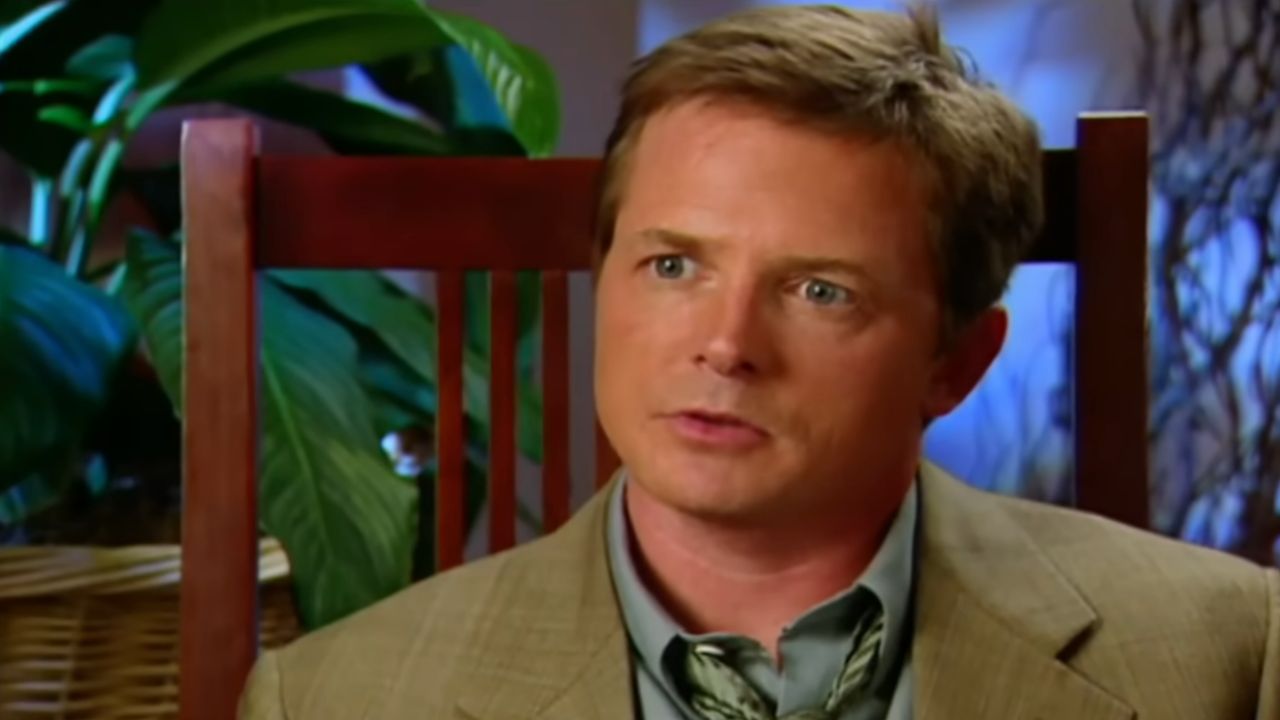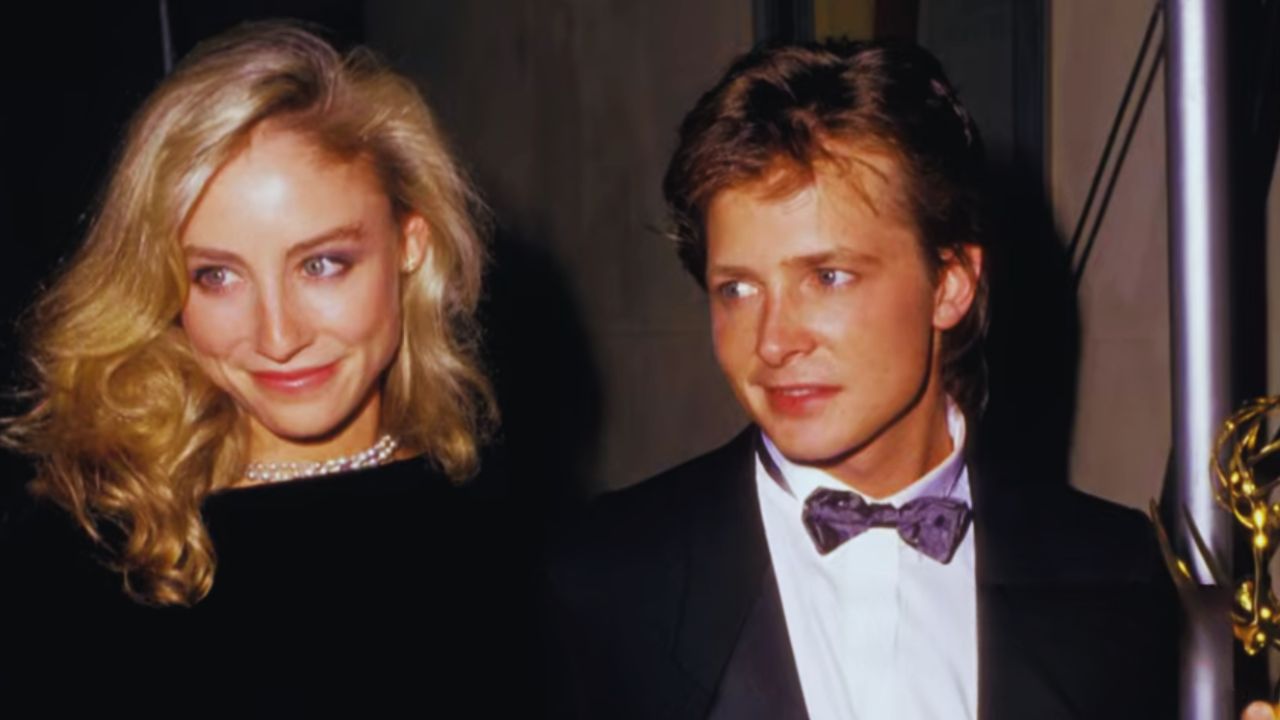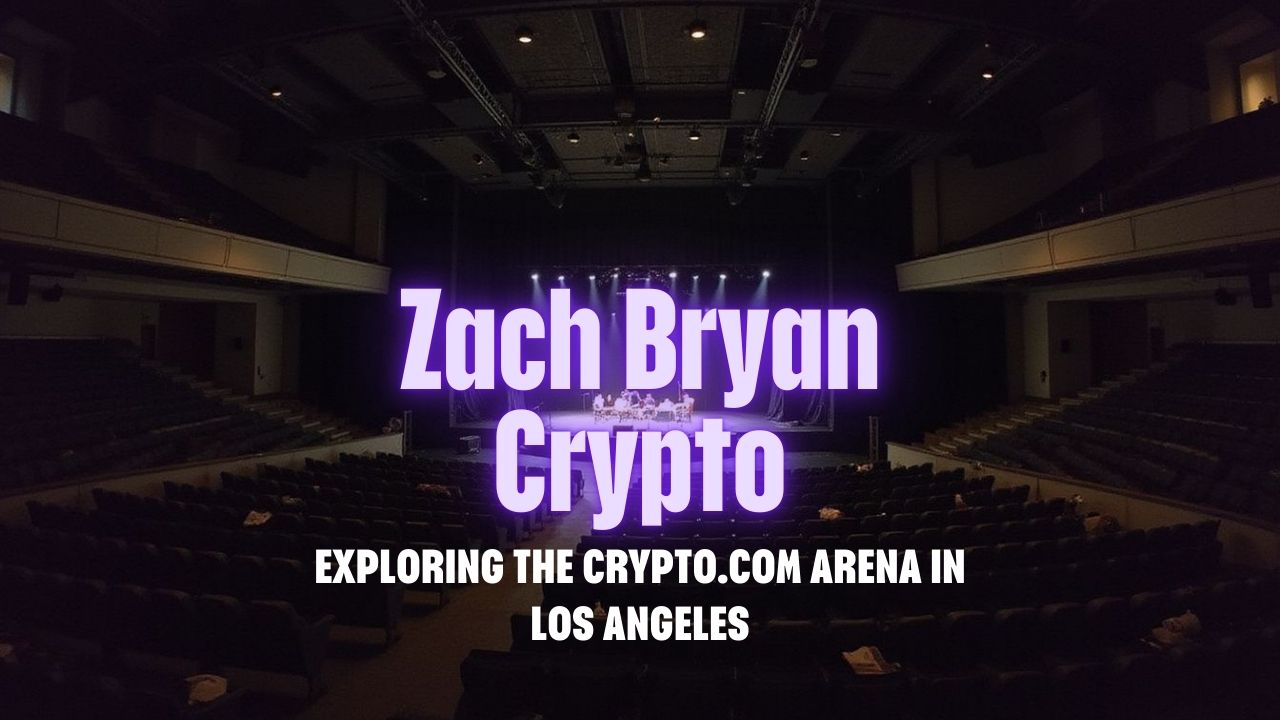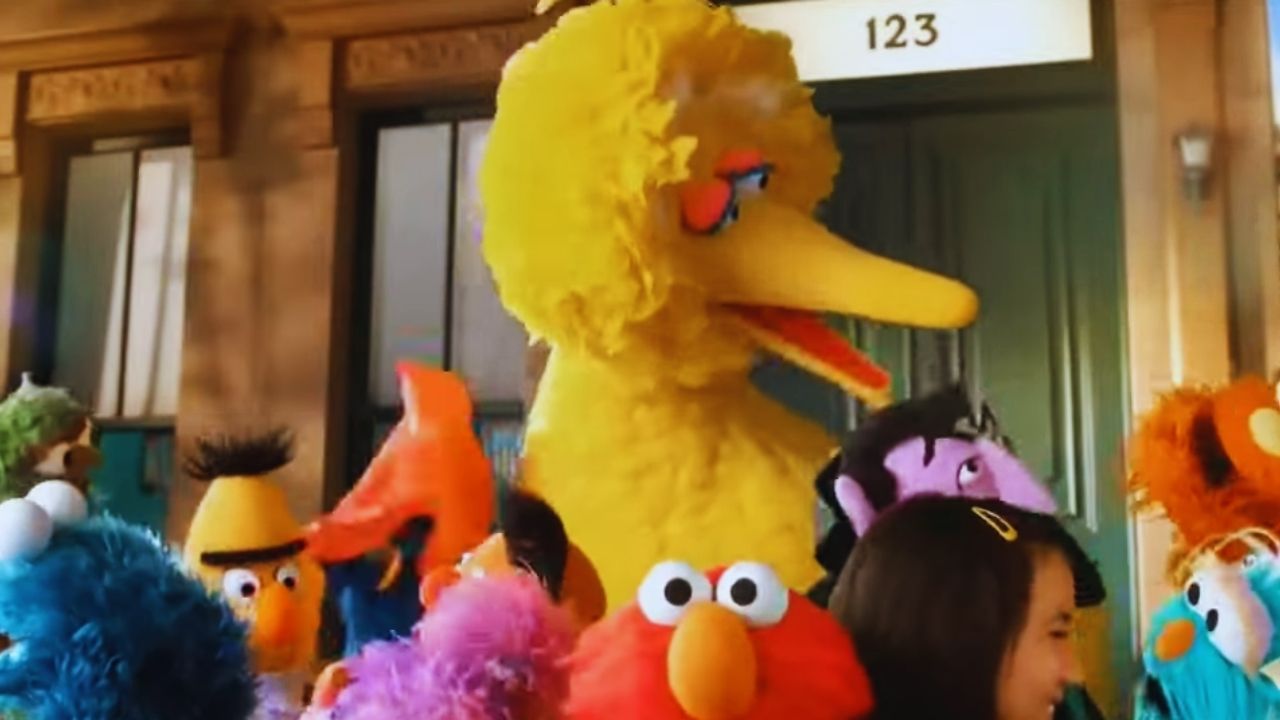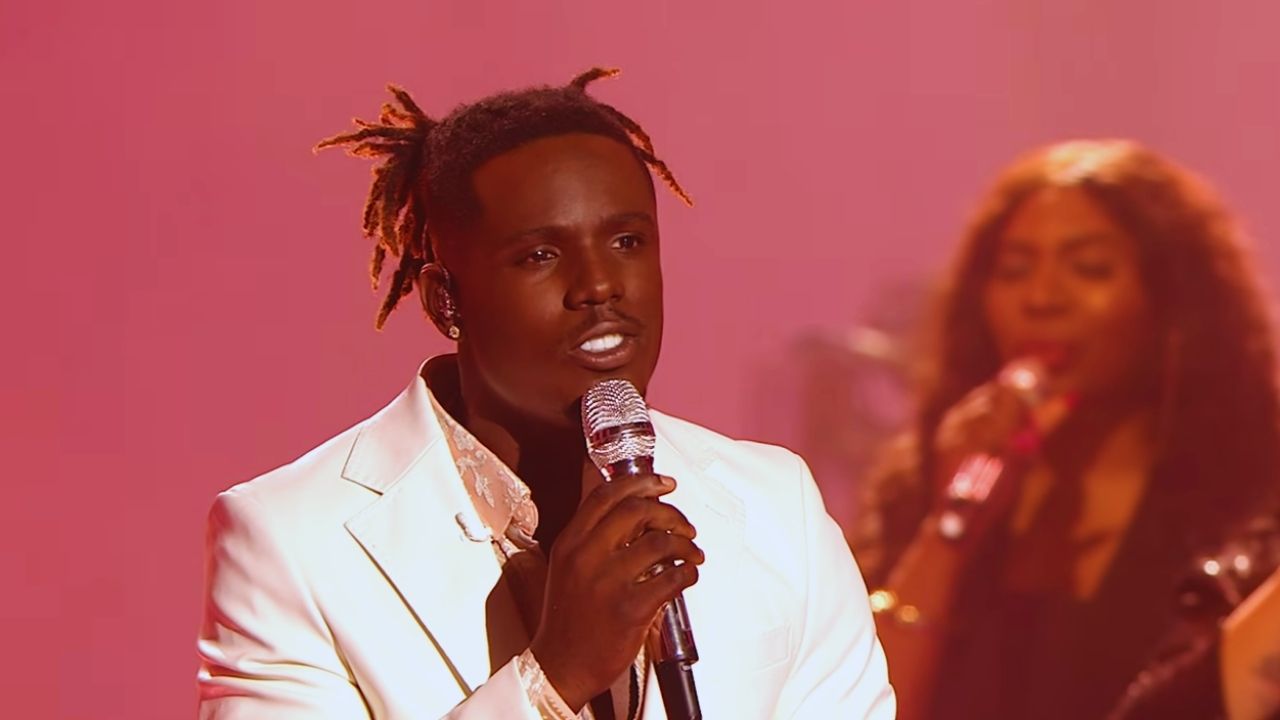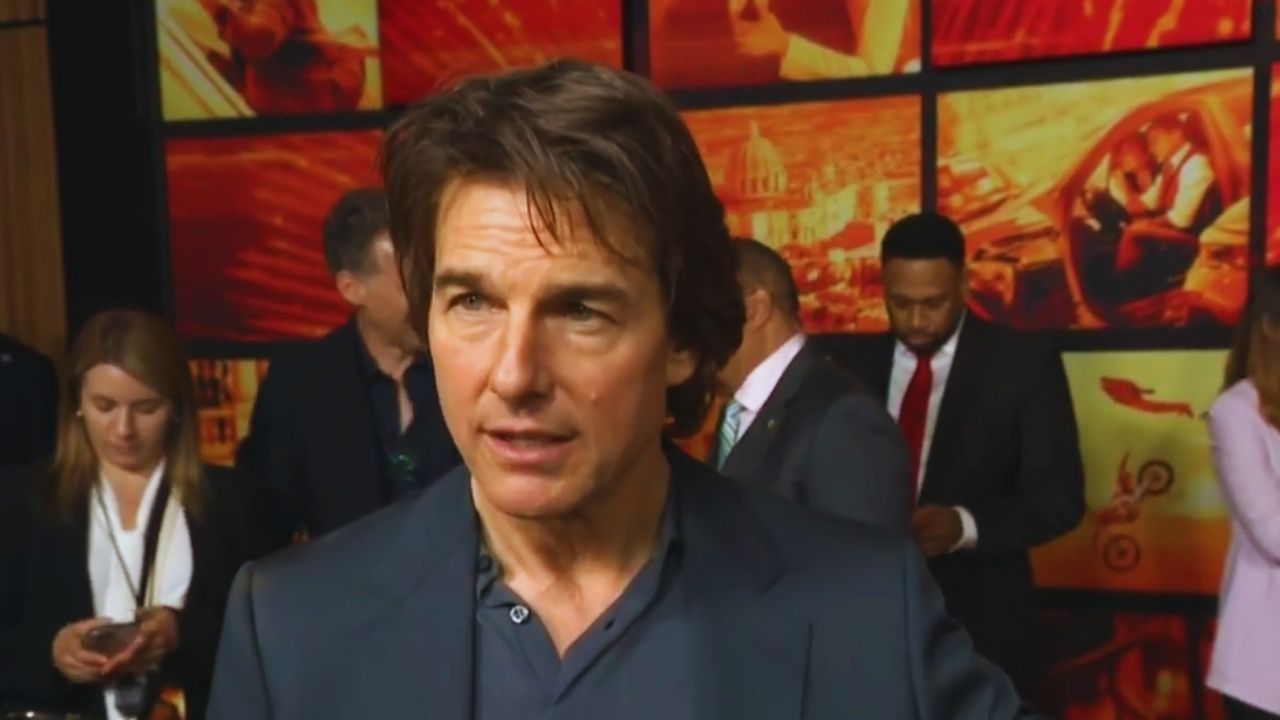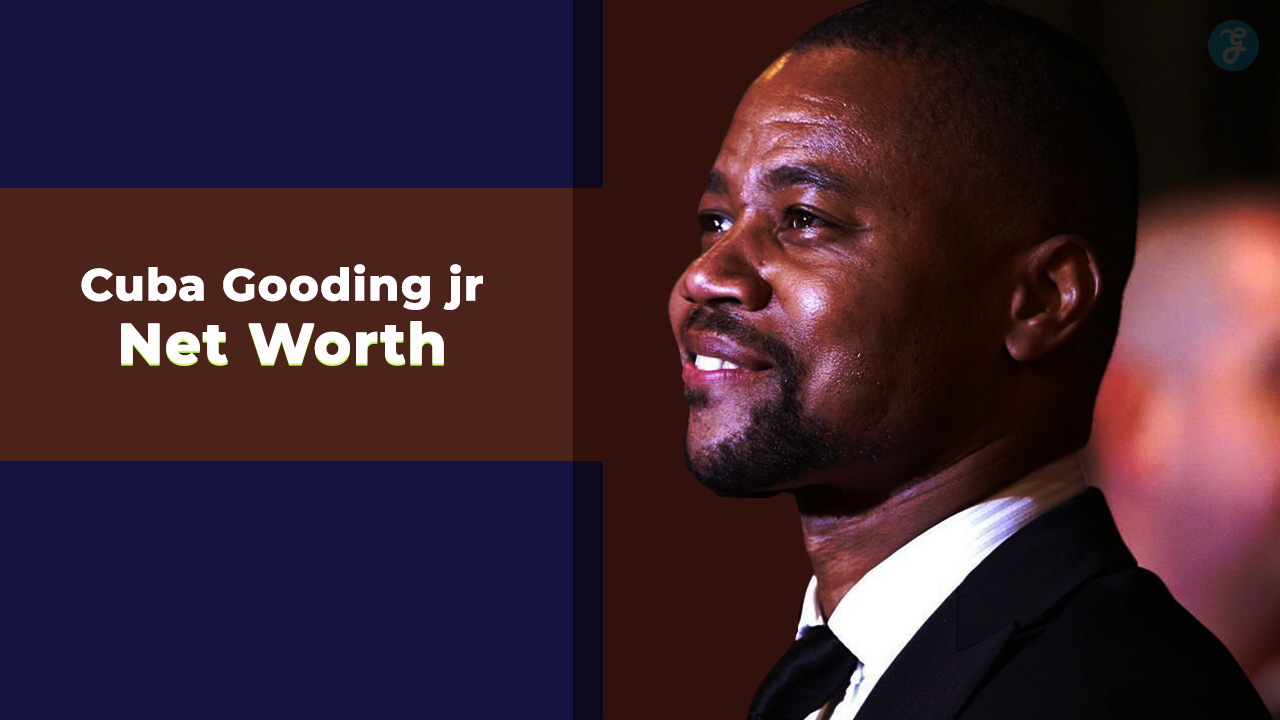In a dramatic announcement on May 19, 2025, U.S. President Donald Trump declared that Russia and Ukraine would “immediately” begin negotiations aimed at reaching a ceasefire and ultimately ending the ongoing war. This followed an extended two-hour phone call between Trump and Russian President Vladimir Putin — a conversation both leaders later described in optimistic terms.
However, despite hopeful rhetoric and signals of potential progress, the reality on the ground tells a more complicated story. The war, now in its third year, has taken a heavy toll on lives, infrastructure, and international relations, and a comprehensive peace deal remains far from certain.
Trump: Talks to Begin Immediately, Conditions Left to Both Sides
Following his conversation with Putin, President Trump took to his social media platform Truth Social to announce what he called a breakthrough in the deadlocked Russia-Ukraine conflict. “Russia and Ukraine will immediately start negotiations toward a Ceasefire and, more importantly, an END to the War,” he wrote.
Trump emphasized that while the U.S. would remain engaged in the peace process, the specifics of any agreement would need to be determined by the two countries themselves. “The conditions for that will be negotiated between the two parties, as it can only be, because they know details of a negotiation that nobody else would be aware of,” he added.
The U.S. president said he relayed this message to Ukrainian President Volodymyr Zelensky in a second phone call, which also included several European leaders — among them European Commission President Ursula von der Leyen, French President Emmanuel Macron, German Chancellor Olaf Scholz, Italian Prime Minister Giorgia Meloni, and Finnish President Alexander Stubb.
Putin’s Response: Willing to Work on Peace Memorandum, But No Clear Ceasefire Commitment
From the Russian side, President Putin also issued a cautiously positive statement. Speaking from Sochi, where he was visiting a music school at the time of the call, Putin described the conversation with Trump as “frank, informative, and constructive.”
Putin said that Russia is prepared to work with Ukraine on a formal document — a “memorandum” — that could outline the foundational elements of a future peace agreement. He noted that such a document might include a timeline for a ceasefire and negotiations on broader political terms, but stopped short of declaring any immediate halt to hostilities.
“We have agreed with the U.S. president that Russia will offer and is ready to work with Ukraine on a memorandum on a possible future peace agreement,” Putin said. “This would define a number of positions, including principles of settlement and a timeline for concluding a possible peace agreement, including a ceasefire for a certain period — if such agreements are reached.”
According to Kremlin aide Yury Ushakov, while the idea of a ceasefire was discussed in general terms, no specific timeframe was agreed upon during the Trump-Putin call. “Trump, of course, emphasizes his interest in reaching one or another agreement as soon as possible,” Ushakov added.
Zelensky Reiterates Demand for Full, Unconditional Ceasefire
Ukrainian President Volodymyr Zelensky has welcomed renewed dialogue but continues to insist on a complete and unconditional ceasefire as a prerequisite for any peace deal. Speaking before and after his call with Trump, Zelensky said, “This is a defining moment,” and stressed the importance of the United States remaining actively engaged in peace efforts.
He warned that if Russia is not prepared to honor a real ceasefire, Ukraine and its allies must respond with increased pressure, including stronger sanctions.
“Ukraine’s position has not changed,” Zelensky stated. “We want a full and unconditional ceasefire. If Moscow is not ready, there must be stronger sanctions.”
In an earlier statement, Zelensky emphasized that Ukraine must be directly involved in any discussions about its future. “No decision about Ukraine should be made without Ukraine. This is a matter of principle,” he said, referencing previous concerns that some diplomatic efforts sidelined Kyiv in favor of broader geopolitical bargaining.
Zelensky also confirmed that while he has not yet seen the details of the proposed Russian memorandum, “once we receive it, we will be able to formulate our vision accordingly.”
European Leaders Voice Support but Call for Inclusion
The announcement of potential peace talks prompted swift responses from European leaders. European Commission President Ursula von der Leyen, who participated in the group call with Trump and Zelensky, praised the American president’s efforts.
“I want to thank President Trump for his tireless efforts to bring a ceasefire to Ukraine,” von der Leyen said. “It’s important that the United States stays engaged.”
Italian Prime Minister Giorgia Meloni revealed that the group had discussed the possibility of hosting future peace talks at the Vatican, a proposal recently made by the newly elected Pope Leo. The Vatican’s offer came after Russia refused Zelensky’s earlier suggestion to hold face-to-face negotiations in Turkey. Meloni described the Vatican offer as a “positive gesture” welcomed by the international community.
Ongoing Violence Undermines Ceasefire Hopes
Despite the talk of peace, violence continues to escalate on the ground. Ukrainian officials report that at least 10 people have been killed in recent Russian strikes, including nine victims in a missile attack on a civilian minibus in northeastern Ukraine.
The attack came just hours after the first face-to-face talks between Russian and Ukrainian officials in over three years. Although a prisoner exchange was agreed upon during the meeting, there was no progress toward an official ceasefire.
Ukraine’s top presidential aide, Andriy Yermak, reacted with skepticism to Putin’s overtures. “Putin wants war,” he said, referencing Russia’s drone strikes and other aggressive actions. On Sunday, Ukraine reported what it described as the largest drone assault by Russia since the invasion began in February 2022.
History of Failed Ceasefires Fuels Distrust
Skepticism toward Russia’s intentions is not new. In the past, Moscow has declared several ceasefires, but most have been short-lived and limited in scope.
Earlier this month, Russia announced a temporary ceasefire from May 8–11, coinciding with Victory Day celebrations commemorating the end of World War II. Ukraine rejected the truce, saying it was a political ploy and insisted on a longer 30-day ceasefire instead.
A similar short-lived ceasefire was declared during Easter, lasting only 30 hours. While fighting appeared to decrease briefly, both Russia and Ukraine accused each other of hundreds of violations during the truce period.
This track record has left Ukrainian officials and their Western allies wary. Many believe that Putin’s statements about peace lack credibility and are often designed to create strategic advantages on the battlefield or disrupt diplomatic unity among Western nations.
What Comes Next?
While Trump’s declaration has reignited hopes for diplomacy, experts warn that peace talks are likely to be slow and fragile. With deeply entrenched positions on both sides and ongoing violence, the path to a durable agreement will require sustained international effort, verification mechanisms, and, above all, mutual trust — something that remains in short supply.
For now, the world watches closely as discussions begin, hopeful that these initial steps might eventually lead to an end to one of the most devastating conflicts of the 21st century.


